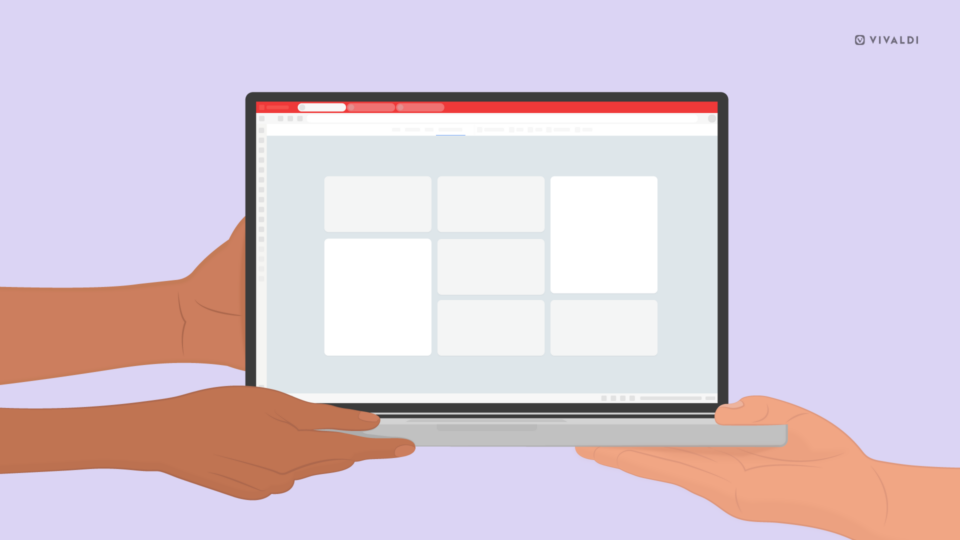
Read this article in Español.
Since 2014, EU data protection rules have allowed people to request companies such as Google to erase personal information, including phone numbers, dates of birth and email addresses.
Recently, the Evening Standard estimated that, on average, our personal information is held by 350 companies. That’s personal information such as name, date of birth, financials, and social media info.
Let’s be clear. This is not about trackers following you around the web without your knowledge. This is about companies that you have intentionally given your information to in the past.
That Google collects a staggering amount of that information is not news. If you are logged into a Google service, everything from your search terms to what you watch on YouTube and your location (even if you never open Google Maps) is stored.
In addition to Google, there are all those other companies with access to your personal data. Some of them you may not recognize, let alone suspect. For instance, a company whose services you used once, a long time ago, may still hold your personal information.
How to take control and erase your personal information
When you take a closer look at the personal information companies have on you, you may find the results alarming.
Thankfully, there are a few things you can do about it. Here are five simple tips:
✔️ Use a password manager to keep track of accounts you create. Ideally, they should all be recorded in your password manager.
✔️ Check Google, Facebook, and Twitter for apps and websites you’ve logged into through these platforms. Review if you still want these apps and websites to have access to your data.
✔️ Avoid using subscription services that offer to automate your requests to be “forgotten”. Before you trust such services, make sure you know how they work and what access you are giving them.
✔️ Create an email template to request services to delete your data. You can find a sample text here. Alternatively, log in to services and hit “delete account” yourself!
✔️ If needed, exercise your “right to be forgotten” by Google. Not surprisingly, to date Google has received 900K requests to remove information and 3.5M requests to remove URLs.
Automated services and your privacy
Services like DeleteMe, Mine, and deseat.me will remove personal information such as your name, current, and past addresses, dates of birth, and aliases on your behalf.
Before you trust them, find out how they work.
Mine uses machine learning to find the companies that own your data by gaining access to your inbox. Its algorithms use email subjects. For example, if they find an email saying “Welcome to Airbnb”, the AI works out that you have signed up. To continue with the Airbnb example, now Mine knows that you’ve supplied them with your first and last name, date of birth and a copy of your passport.
If using Deseat.me, you will also need to give them access to your email and allow them to send emails on your behalf. You can, of course, remove that right later.
In 2017, a similar service was found to be selling your data while pretending to unroll you.
Read the privacy policy of the service you are considering and look out for privacy hick-ups. For example, deseat.me uses Google Analytics, a Google service known for tracking end users.
Deletion of account
Last but not least, bear in mind that when deletion of an account is requested by an automated service some companies – such as Vivaldi – require confirmation before they can proceed. It’s not only easy to make a mistake but automated requests could also be run by anybody who has access to an email account.
It’s all about trust. Better safe than sorry!
Photo by Chris Yang on Unsplash.

